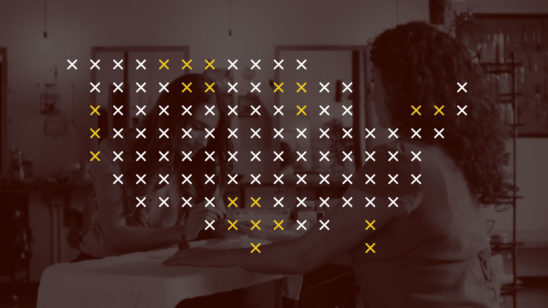Many issues caused by occupation licensing are clearly absurd. It makes no sense for it to take an average of $1,265 in fees and 2,190 hours in schooling to become an interior designer (particularly when only three states and D.C. require a license). And most Americans who are aware of such things generally agree on the outrageousness of the licensing rules that forced Sandy Meadows into unemployment, leading to her death in poverty.
Yet some issues that arise out of occupational licensing can also be complicated, and not very visible to those who aren’t directly affected by them. Though a movement for reform is growing, the topic is still new to many Americans. Below are some questions that people who are just hearing about occupational licensing may have.
How many people are affected by occupational licensing?
Occupational licensing, or governments requiring workers to receive state-approved licenses to work in a field, is the largest labor issue in the United States today, affecting around one in four American workers. It’s also a growing issue — less than 5 percent of workers were licensed in in the early 1950s. Union membership, by contrast, stood at 10.7 percent in 2017.
How serious is the issue?
Very. Employment remains the best anti-poverty tool available. Just 2.2 percent of Americans with a full-time job live under the poverty line. A 2011 study by Morris Kleiner, one of the foremost experts on occupational licensing issues, suggests that there are as many as 2.8 million fewer Americans with jobs because of occupational licensing. And a 2017 study by the Manhattan Institute estimated that overly strict occupational licensing reduces employment in licensed professions by around 5 percent.
Occupational licensing has other negative side effects as well. It disproportionately impacts poorer and rural Americans, often keeping them in cycles of poverty. It also prevents people from becoming entrepreneurs — states that require licenses for more than 50 percent of low-income professions have an entrepreneurship rate that is 11 percent lower than states that do not.
I don’t like that occupational licensing restrictions keep people out of work, but I’m worried that reducing those restrictions will mean I can’t trust contractors or professionals to do a good job. Would occupational licensing reform threaten my health or safety?
Not at all. Strict occupational licensing isn’t a matter of public safety. A 2015 White House survey of existing research found that stricter occupational licensing standards in professions where shoddy service is unlikely to be dangerous don’t improve public health or safety. Advocates of reducing occupational licensing restrictions are focused on deregulating florists and hair braiders, not doctors or EMTs.
There is often a disconnect between the danger unqualified workers in a given occupation represent to public safety and the requirements to become a licensed professional. According to a 2017 study by the Institute for Justice, aspiring cosmetologists need an average of around a year of education to receive a license. Emergency Medical Technicians (or EMTs) need only about a month.
Additionally, in the age of Yelp, Angie’s List, and other reviewing websites, the need for licenses has gone down. Consumers are more powerful than ever, and contractors are more accountable than ever.
Is reducing or eliminating occupational licensing requirements in non-dangerous professions the only goal of reformers?
It’s a major goal, but far from the only one. Another major goal is to standardize occupational licensing systems nationwide. Most licenses are non-transferable, meaning that they are only valid in the state they were earned in. This makes moving difficult for licensed professions, reducing economic mobility. Not only that, but professionals who previously did not need a license can find that they suddenly do upon moving to a new state — just 60 of the approximately 1,100 licensed professions require a license in all 50 states.
Other changes that reform advocates would like to see include reducing license fees for low-income Americans (fees currently average around $260 per license) and changing mandatory licenses into non-mandatory certifications.
Are there partisan battle lines on this issue?
Nope! Not the traditional ones at least. Both the Obama and Trump White Houses have made reducing the burden of occupational licensing a key priority. Organizations that lean to the left and to the right support occupational licensing reform.
Has there been progress on reform?
In some cases, yes. States like Arizona have taken important steps, mainly by requiring reviews of existing regulations to ensure that they are justified by public health and safety concerns. But a recent study by the Mercatus Center found that nationwide the problem has gotten worse, not better, over the past five years. Lots of work remains to be done.



